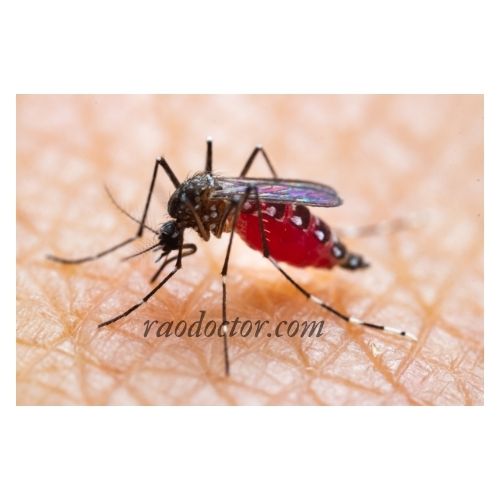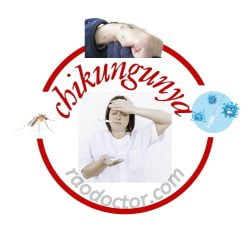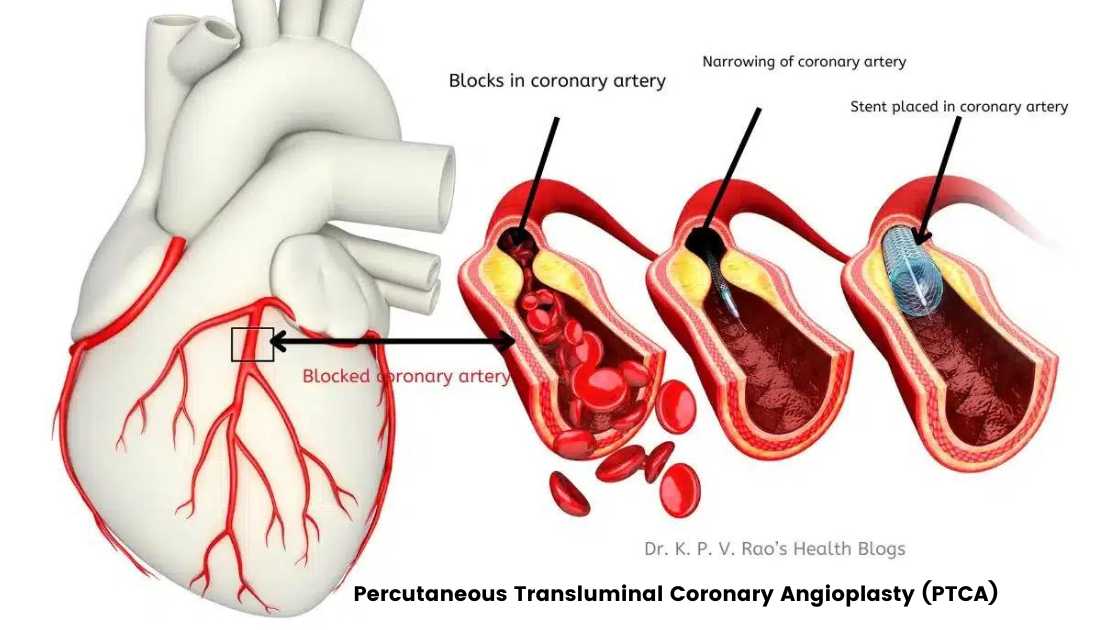
Table of Contents
INTRODUCTION
Chikungunya is an arbovirus that causes acute febrile illness with fever, joint pain and swelling, muscle pain, nausea, and rash. The disease is endemic in areas with high mosquito density and low vector resistance to environmental factors such as temperature.
The prevalence of the disease is increasing worldwide due to a variety of factors including increased urbanization and travel. In this article, we answer some commonly asked questions about chikungunya including its causes, symptoms, treatment options, and prevention methods.
This disease is similar to Dengue fever that I have discussed in an earlier article.
There are many diseases carried by infected mosquitos. Have a look at the picture posted by the National Institute of Allergy and Infectious Disease.

What are the common causes of Chikungunya?
The common causes of chikungunya include the virus that causes the disease, the mosquitoes that transmit the virus, and the climatic conditions that favor transmission. Chikungunya is caused by mosquito-borne arbovirus belonging to the genus Alphavirus. It is named after the “chikungunya” or “bent knee” joint pain characteristic of the disease.

The virus is transmitted by mosquitoes of the genus Aedes, mainly the Asian tiger mosquito (Aedes albopictus). In many tropical and subtropical areas, chikungunya is an endemic disease, with periodic outbreaks.
Symptoms of Chikungunya
The symptoms of chikungunya include high fever, joint pain, muscle aches, headache, vomiting, rash, and fatigue. The symptoms usually appear within one week of being bitten by an infected mosquito.

About 25% of people infected with the chikungunya virus develop symptoms. Common symptoms include fever, joint pain, muscle pain, headaches, and rash. Some people also have abdominal pain, vomiting, diarrhea, and fatigue. Chikungunya virus infection is rarely fatal.
What is the difference between Dengue and Chikungunya fever?
Dengue and chikungunya have similar features as far as the symptoms are concerned. However, in chikungunya has fewer instances of a severe drop in platelet count and hospitalization. Body ache and joint pains are more in chikungunya. For a more detailed comparison, read this article.
What are complications of chikungunya?
The common complications of chikungunya are severe joint and muscle pain, headache, rash, and gastrointestinal symptoms.
Less common complications include eye disorders, blood disorders, and viral infection of the central nervous system.
Chikungunya virus may also be associated with neurological disorders such as acute disseminated encephalomyelitis (ADEM), acute myelitis, and rarely Guillain-Barré syndrome. ADEM is a rare complication that usually occurs in the context of an immune response to a viral infection.
ADEM is characterized by a sudden, widespread infiltration of the brain, spinal cord, and/or retina with inflammatory cells. The risk of neurologic complications is unknown. Read more about ADEM in this article.
However, given that chikungunya is often associated with joint pain, neurologists should be aware of this condition when evaluating patients with chikungunya, especially those with severe joint pain.
Joint pain can last up to 6 months in some cases with frequent bouts of severe pain and no pain.
What are the investigations in Chikungunya?
Laboratory diagnosis of chikungunya virus infection is not routinely available and is not indicated for treatment of suspected cases.
However, like in case of Dengue, there is an Elisa test to detect antibodies of the disease that actually comes positive after 5 to 7 days of getting infected.
Other routine investigations like the complete blood checkup [CBC] can show a drop in platelet count that can harm the patient by causing internal bleeding.
The diagnosis of chikungunya virus infection is primarily clinical, making it important for clinicians to be aware of the symptoms of the disease and to consider chikungunya in the differential diagnosis of febrile illnesses.
How is Chikungunya diagnosed?
Diagnosis is made by clinical signs and symptoms and by exclusion of other causes. There is no specific test for the virus, so the diagnosis is based on clinical criteria. As mentioned above, we have an Elisa test that helps us diagnose the disease.
Treatment for Chikungunya
There is no specific treatment for chikungunya, and most people recover in a few days without treatment. People who have joint pain can take nonsteroidal anti-inflammatory drugs (NSAIDs) to relieve the pain. Other therapies include acetaminophen, paracetamol, and rest.
When should we hospitalize a patient of chikungunya?
In general, chikungunya is self-limiting and does not require hospitalization. However, hospitalization may be needed in patients who develop severe joint pain, those who are unable to take care of themselves due to other health problems, and pregnant women.
Hospitalization may also be needed in patients who are at high risk for developing complications from chikungunya, such as-
- people with chronic medical conditions,
- the elderly, and
- those who have coexisting medical conditions,
- like diabetes and
- hypertension, that makes them more vulnerable to complications from viral infections.
Here is an article that you may be interested in- Monsoon fevers
Prevention of Chikungunya
The best way to prevent chikungunya is to avoid being bitten by mosquitoes. The following methods are recommended to prevent bites and transmission of chikungunya-
- Wear long-sleeved shirts and long pants when you go outdoors.
- Use mosquito repellent.
- When you are indoors, use an electric fan or a mosquito net.



All the products can be bought on Amazon.com. Do join the Amazon prime membership to get fabulous discounts by clicking the links below-
Disclosure–
The links for products shown above and links for respective countries are affiliate links, meaning that if you purchase any product using this link, the author gets a small commission without any extra cost to the purchaser [along with the displayed discount]. This helps me in maintaining this website and getting fresh content to you that comes absolutely free with it as and when it is published. Most of my pictures are designed on Canva Pro- click this link if you would like to get Canva Pro.
Conclusion
Chikungunya is a viral disease caused by the chikungunya virus. It is characterized by high fever, joint pain, muscle aches, headache, rash, and fatigue.
The symptoms usually appear within one week of being bitten by an infected mosquito. The common causes of chikungunya include the virus that causes the disease, the mosquitoes that transmit the virus, and the climatic conditions that favor transmission.
The symptoms of chikungunya include high fever, joint pain, muscle aches, headache, rash, and fatigue.
The common complications of chikungunya are severe joint and muscle pain, headache, rash, and gastrointestinal symptoms. The best way to prevent chikungunya is to avoid being bitten by mosquitoes.




